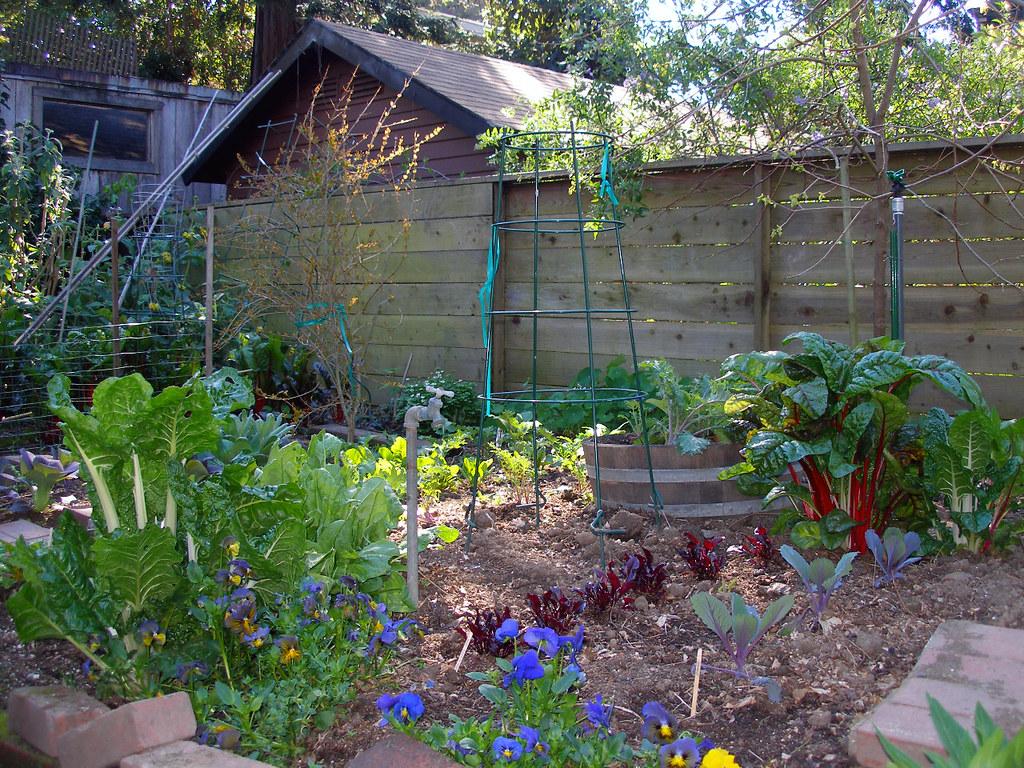
Gardening is a wonderful hobby that can bring a lot of joy and fresh produce to your life. Whether you have a large backyard or just a small balcony, there is always a way to start growing your own food. One key to a successful garden is having a garden calendar that helps you keep track of planting, harvesting, and seed saving dates.
A garden calendar is a schedule of your gardening activities throughout the year. This includes when to plant seeds, when to transplant seedlings, when to expect your first harvest, and when to save seeds. Having a garden calendar can help you get the most out of your garden by ensuring that you plant and harvest your crops at the right time, avoiding over- or under-fertilizing, and protecting your plants from pests and diseases.
Here is how to create a garden calendar for your garden:
- Determine your growing season: The first step to creating a garden calendar is to determine your growing season. This will depend on your climate and the types of crops you want to grow. In most regions, the growing season begins in spring and ends in fall. However, in warmer climates, you may be able to grow crops year-round. To determine your growing season, you can check online resources, such as the USDA Plant Hardiness Zone Map, or consult with a local nursery.
- Choose the crops you want to grow: Once you have determined your growing season, it’s time to choose the crops you want to grow. Consider your climate, your soil type, and the amount of sun and shade your garden receives. You can choose crops that are well suited to your area, or you can grow crops that are challenging and require more attention. Some popular crops include tomatoes, lettuce, peppers, beans, and zucchini.
- Decide on planting and harvesting dates: Next, you need to decide on planting and harvesting dates for each crop. You can find this information online, in gardening books, or from seed packets. Make sure to take into account the number of days it takes for each crop to mature, as well as the time of year that each crop is typically harvested. For example, if you live in a colder climate, you may need to start your tomatoes indoors in late winter and then transplant them outside in spring.
- Make a plan for seed saving: Seed saving is an important part of gardening, as it allows you to save money on seeds and ensures that you have a steady supply of seeds for future gardens. To save seeds, you need to allow your crops to mature fully and then collect the seeds before they are lost. Some crops, such as tomatoes and beans, are easy to save seeds from, while others, such as lettuce, are more difficult. Make a plan for seed saving by deciding which crops you want to save seeds from and when you will collect the seeds.
- Create a calendar: Finally, it’s time to create your garden calendar. You can use a blank calendar, a spreadsheet, or an online tool to create your calendar. On your calendar, mark the planting dates, harvesting dates, and seed-saving dates for each crop. You can also add notes on any other important gardening tasks, such as fertilizing or pest control.
By following these steps, you can create a garden calendar that will help you get the most out of your garden. Whether you are a seasoned gardener or a beginner, a garden calendar will help you keep track of your gardening activities and ensure that your garden is a success.
Check out Little Tree Food Forest for articles on food forests and homesteading.
Check out StoryScapes for articles on creative writing.
Subscribe to our newsletter to get information delivered to your inbox on edible landscaping, growing food and medicinal plants, growing mushrooms, foraging, fermentation, food preservation, raising small livestock, and more.







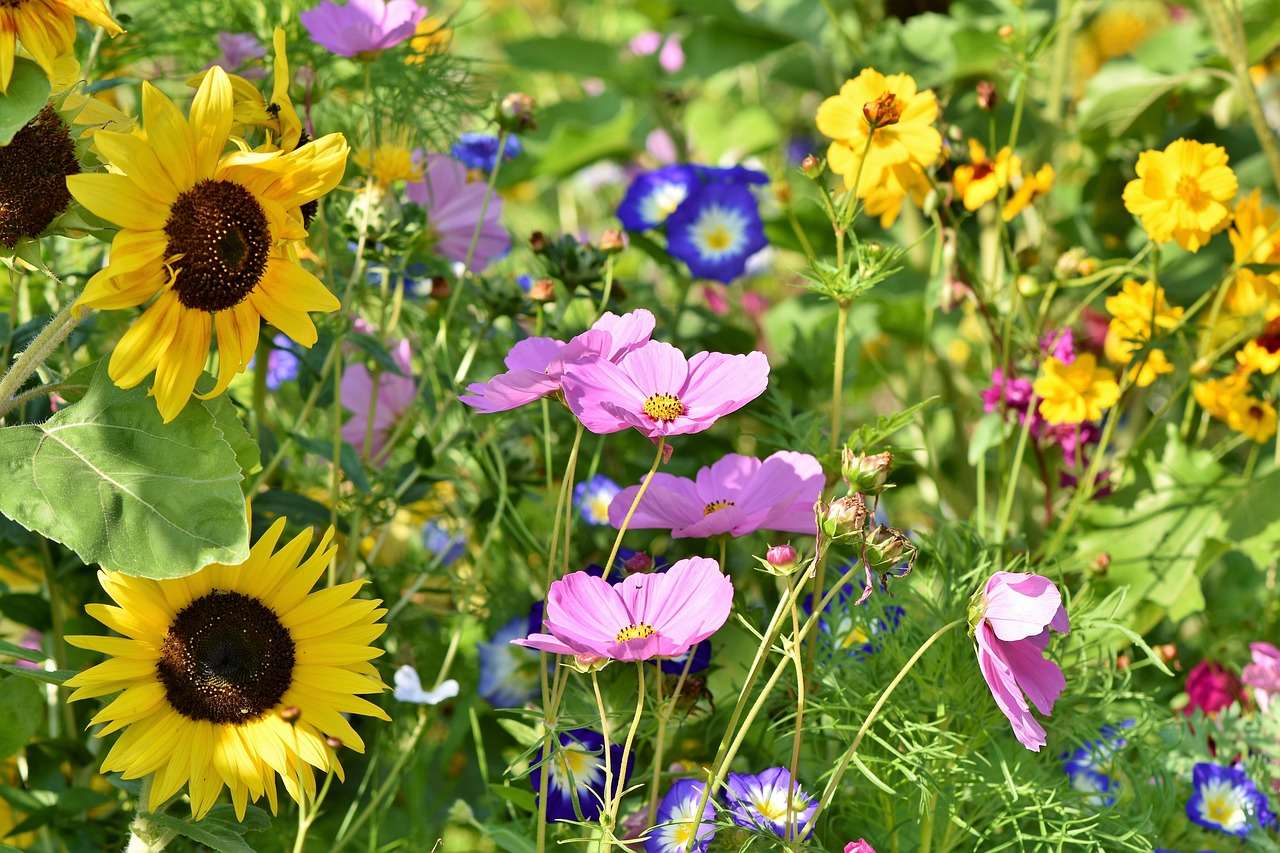
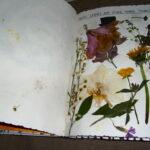
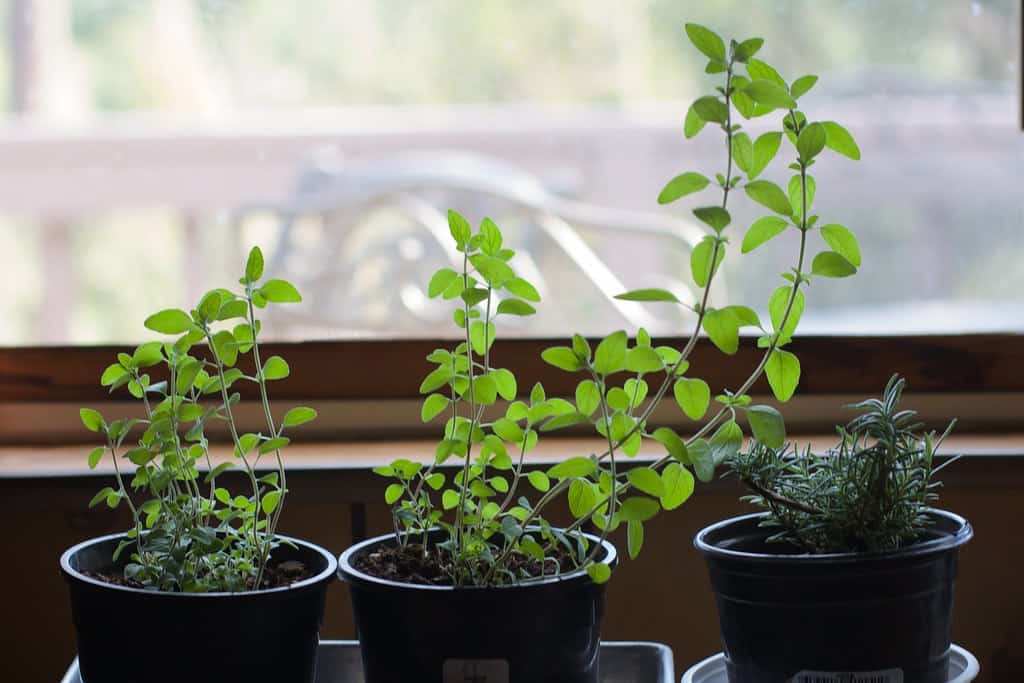
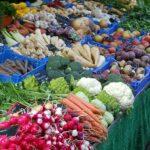
One thought on “Creating the Perfect Garden Calendar: A Guide to Planting, Harvesting, and Seed Saving”
Comments are closed.